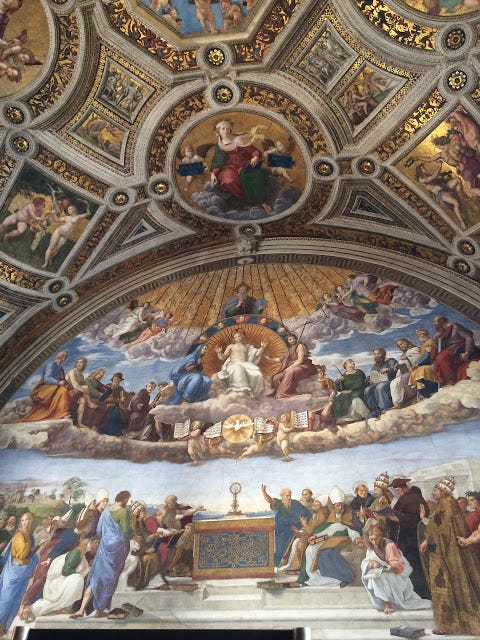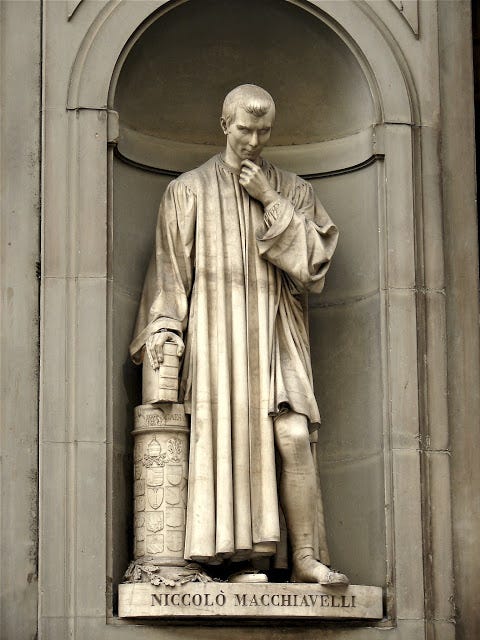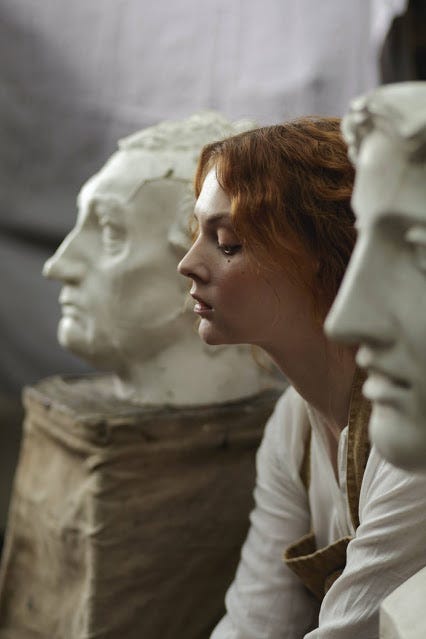Stendhal syndrome is one of the rarest psychological disorders. But what is it? Let’s find out.

Psychological disorders are both common and rare. While we are aware of the common ones, yet the rare ones need more attention. Besides, these rare ones describe how several bizarre factors influence psychology.
Recently, I was researching about psychological disorders. Consequently, I found many common ones, such as ADHD, BPD, schizophrenia, and PTSD. However, these are known to most people.
Later, I found some of the rarer and unknown disorders. But, what surprised me was, some awkward situations cause these disorders. However, not much was specified about them.
Scrolling down, I noticed a syndrome that felt different to me. However, curious about it, I decided to check out what it is. To my surprise, it was something I had never imagined would be a disorder. It is the Stendhal syndrome.
So, “What is Stendhal syndrome?”
Stendhal syndrome or Florence syndrome is a psychosomatic condition involving rapid heartbeat, fainting, confusion, and hallucinations. Moreover, it occurs when individuals expose themselves to objects of beauty.
Though, its root cause is different from the rest. So, let us discuss how it came into existence.
History:
Back in the 19th century, a French author Marie-Henri Beyle (pen name of Stendhal), wrote a book, Naples to Florence: A Journey from Milan to Reggio. He described his unique and aesthetic experience in Florence when he visited the Basilica of Santa Croce and felt an overwhelming surge of emotions all of a sudden.
Below is an excerpt from his text:
I was in a sort of ecstasy, from the idea of being in Florence, close to the great men whose tombs I had seen. Absorbed in the contemplation of sublime beauty. I reached the point where one encounters celestial sensations. Everything spoke so vividly to my soul. Ah, if I could only forget. I had palpitations of the heart, what in Berlin they call nerves. My life drained. I walked with the fear of falling.
– Marie-Henri Beyle (Stendhal)
In other words, he described it as a state where he was lost in hallucinations about the events of art.

For instance, when we see the paintings of the renaissance era, we notice the rich aesthetic appeal in it. However, this rich form of art influences people to absorb the emotions imparted by it. As a result, it leads to a sudden surge of feelings, which creates hallucinations, and they lose themselves in a psychological abyss.
But then, “Why is it stated as a disorder or syndrome?” “What harm can it do?”
Here, we will discuss why Stendhal’s experience is called Stendhal syndrome. So, let’s dive in.
Why Stendhal’s experience is called Stendhal syndrome:
For several years, tourists have visited the city of Florence to witness its beauty influenced by art and culture. Besides, the famous renaissance paintings are too interesting to ignore.
However, when visitors see the rich paintings and carved out murals or frescoes of the Italian renaissance, they feel overwhelmed. Besides, the aesthetic beauty of art emotionally influences them.

On the other hand, they feel hallucinations, dizziness, and extreme heart palpitations all of a sudden, physically.
In 1989, an Italian psychiatrist Dr. Graziella Magherini at the hospital of Santa Maria Nuova in Florence wrote her observations on the 106 visitors. These visitors were treated as emergencies and hospitalized for their uncertain physical and psychological conditions. Besides, most of them were brought straight from the art galleries and museums. Their symptoms included palpitations, hallucinations, disorientation, and loss of identity.
However, it raises a question in our minds, “Why were they suffering from this syndrome only in the art galleries and museums of Florence?”
Well, the reason is that Florence has a rich history of art and culture. As a result, it is known for its unparalleled beauty of art forms. Besides, it is the home of the renowned artist Giotto, and it was where they buried Machiavelli, Michelangelo, and Galileo.
But, there is another cause of this disorder which is related to human emotions.
Dr. Magherini, who treated the 106 visitors, said that most of these patients were highly sensitive and emotional by nature. Besides, due to the rich art in Florence, visitors tend to absorb art as much as possible.
Consequently, this overwhelming Stendhal’s experience came to be known as Stendhal syndrome after it affected many tourists visiting Florence.
How Stendhal syndrome affects our psychology:
With the above information, we can say that Stendhal syndrome affects individuals in many uncertain ways. Moreover, this syndrome seems to affect the patrons of art who are overdosed with aesthetic experiences.
But, “How does it affect our psychology and experiences?”
In other words, “How does it impart overwhelming experiences without practically influencing us?”
The answer lies in Italian renaissance art. Subsequently, it was observed that tourists or visitors suffered from the same symptoms in the art galleries of other Italian regions.
However, Florence is the center of renaissance art where tourists tend to suffer the most.
After witnessing these art forms, the individual absorbing them feels at one with the events shown in them. In other words, the individual ends up empathizing with the happenings of the past. As a result, he goes beyond the consciousness of the subconscious state, where he can feel the effects of the events in his reality.
Likewise, many philosophers such as Immanuel Kant stressed the aesthetic experiences as alternating repulsions and attractions towards the art. Moreover, these lead to the aesthetic abyss where a person fears to go. However, he is attracted to it.
Further, he also stated that the individual fears to lose himself in this abyss. In other words, the aesthetic abyss reveals the dark side of art, which transcends us from consciousness to subconsciousness. Though, at the cost of our physical limitations.
It is, however, the reason why Florence is the epicenter of art in Italy. Besides, the toxicity of art can be very disturbing to people who want to imbibe these experiences as a part of their own lives.
The relevance of Stendhal syndrome in the field of psychology:
The existence of Stendhal syndrome is debatable. Although there have been many instances where people suffered from this syndrome, yet many psychologists are still susceptible to it.
Besides, the Santa Maria Nuova hospital regularly attends many tourists affected by it. As a result, psychology cannot ignore it.
Meanwhile, there is no scientific evidence behind this syndrome. However, many studies have validated that the cerebral areas are affected by it after exposure to art forms or murals.
In 2018, a visitor to the Uffizi Gallery in Florence suffered a heart attack while admiring ‘The Birth of Venus’ by Sandro Botticelli.
Final Words:
To sum up, the Stendhal syndrome is an example of the toxicity of art in influencing our senses. Besides, the rich and aesthetic murals of Italy describe the profound experiences imparted throughout the renaissance era.
Nevertheless, the dark side of art exists, and it is exposed to all the visitors and tourists traveling to Florence, overwhelming them with sublime hallucinations.
